Interior Design Trends 2024
we advocated for restrained design and neutral colors,
allowing tenants to shape their new homes according to their taste.
However, what if the tenant lacks a developed style or talent for it?
We interviewed Eszter Radnóczy, the lead designer of 'este'r partners,' to inquire about the expected interior design trends in 2024.
 |
Interior design trends often respond to innovations in the fashion world. Materials, colors, and patterns that appear on the runways eventually find their way into our homes. Beyond the runways, our work is also influenced by art, science, social and economic changes, and technological advancements. |
What we will experience as a trend in 2024 is essentially the result of a lengthy design process. So, in our current designs, we are already envisioning the interiors of 2025 and 2026.
After visiting major Italian, French, and Scandinavian exhibitions, it is evident that fluid, rounded, curved, and organic forms
continue to thrive. Textured, natural materials and nature-inspired patterns are essential elements in interior design.
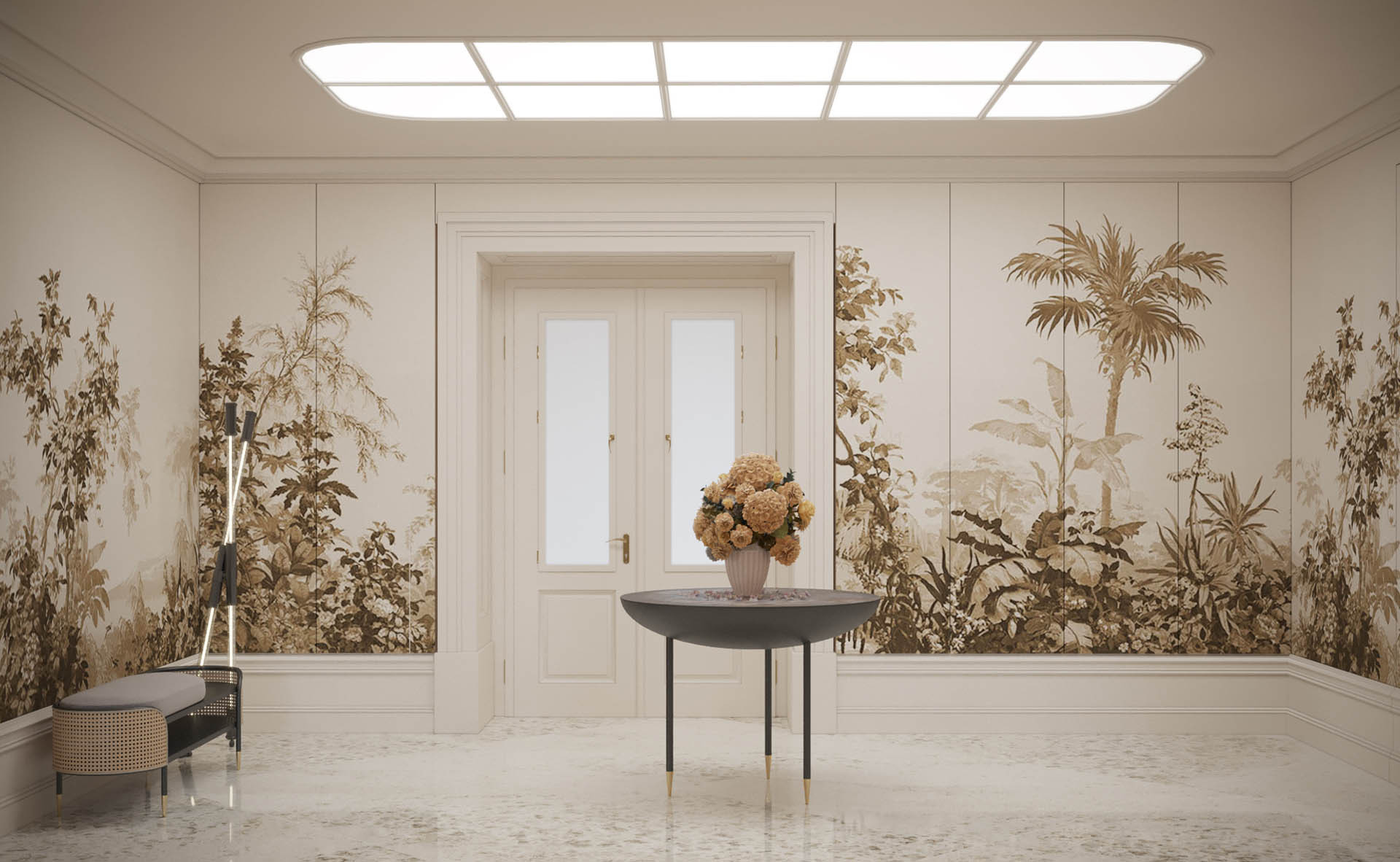
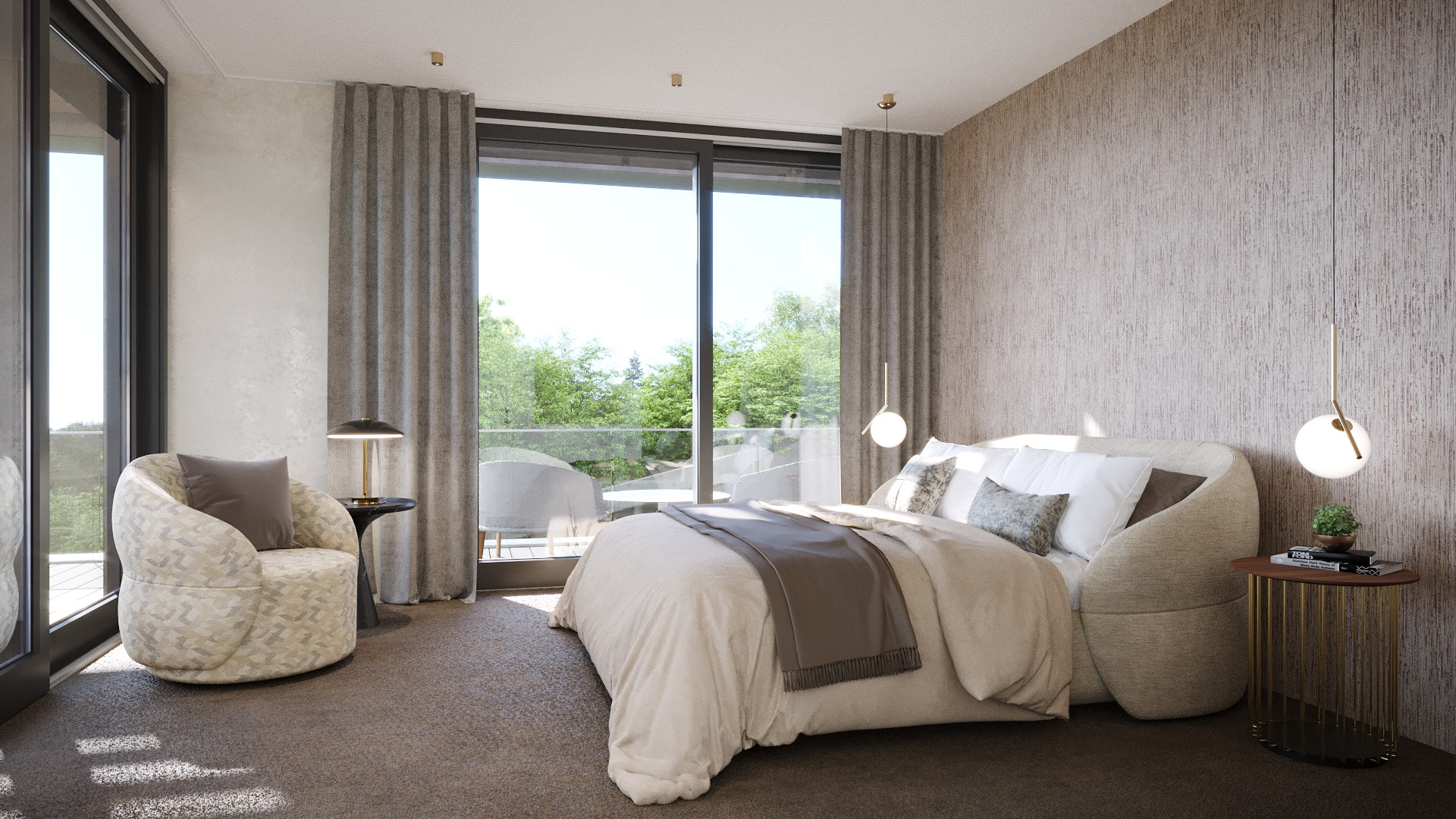
Sustainability, recycling, and reuse remain central concerns in architecture and interior design. We rediscover and place iconic furniture from the past century into new contexts in our work. Regarding colors, in addition to the earthy tones that have dominated for years, shades of purple, greenish yellow, reddish brown, chrome, mint, and turquoise will dominate the spring season of 2024.

What perspective does artificial intelligence bring to design?
The widespread adoption of artificial intelligence is a crucial issue in interior design. While it may simplify the design process for basic users, it opens up entirely new horizons for those with professional experience and vision.
What innovations can be observed in premium quality residential properties in Budapest and its surroundings?
In recent years, there has been a shift from minimal and angular designs in residential properties to a more fluid and organic approach. The installation of smart home systems and the appropriate use of lighting technologies are becoming increasingly important and expected.

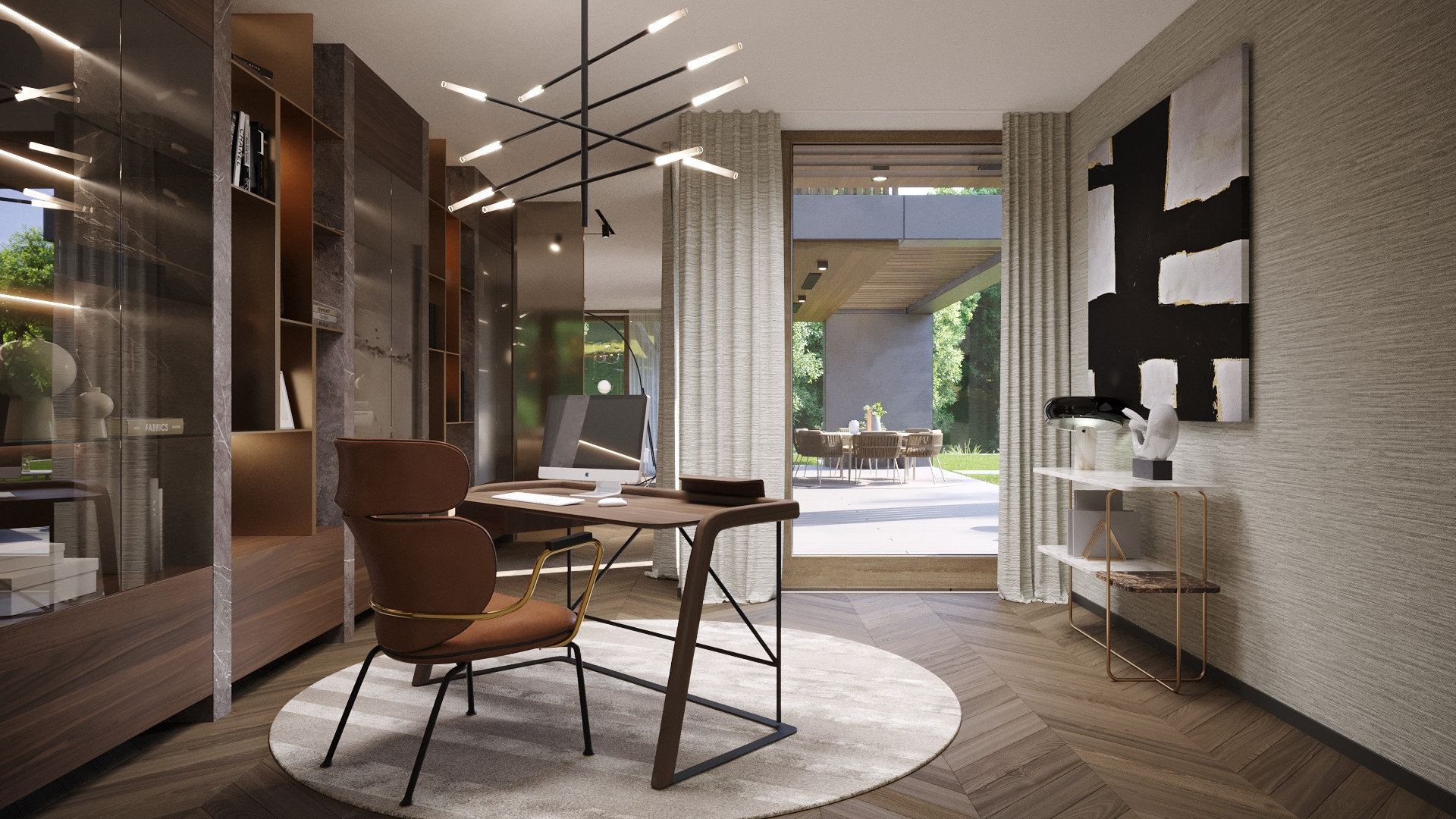
How well do you think Hungary keeps up with the latest trends?
Hungary has undergone significant changes in design culture in the past 20 years, especially evident in the designs of hospitality venues, hotels, offices, museums, and public spaces. Residential properties, however, tend to be more conservative. Nevertheless, there is a positive trend toward sustainability and environmental consciousness.
Sustainability is a central concern for almost all our suppliers, ensuring that materials and furniture used in our projects meet environmental standards. Many times, we confirm this firsthand through factory visits and study trips. An excellent example is an Italian luxury kitchen manufacturer we frequently work with, placing a strong emphasis on environmental consciousness by using materials like aluminum, recycled stone, and glass. The factory strives for recyclability, chemical-free production, and provides timeless designs that last for decades.
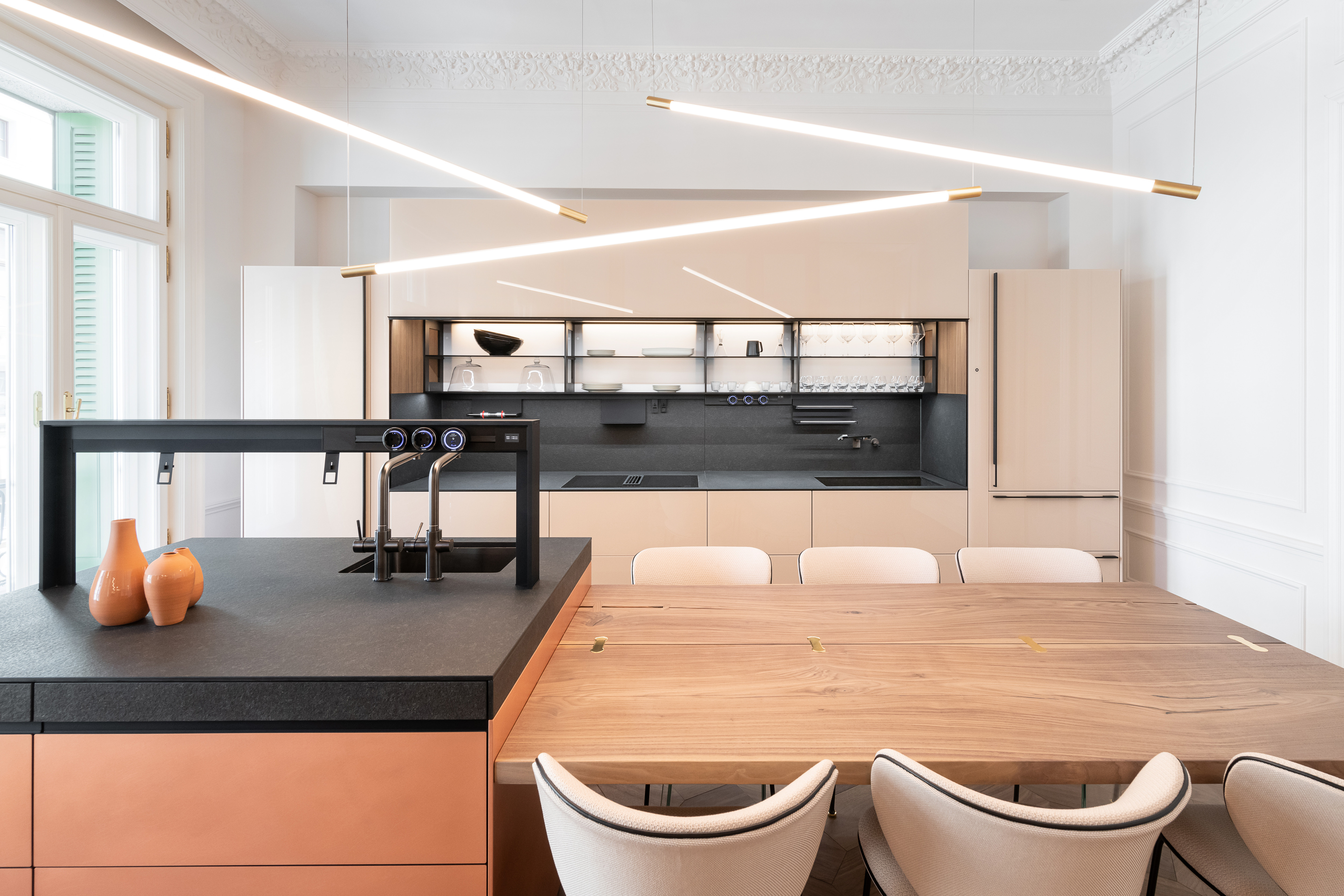
The fireplace is a beloved element in living rooms. In your opinion, does an electric fireplace capture the atmosphere of a traditional fireplace?
While a wood-burning fireplace has a unique ambiance, ethanol and electric fireplaces are becoming more aesthetically pleasing. Their integration and installation pose fewer challenges than traditional fireplaces.

What is your experience with open bathrooms? Is the trend still popular?
It largely depends on the client's preferences. Where accepted, we still implement open bathrooms, emphasizing the connection between the bedroom, bathroom, and walk-in closet for comfortable use.
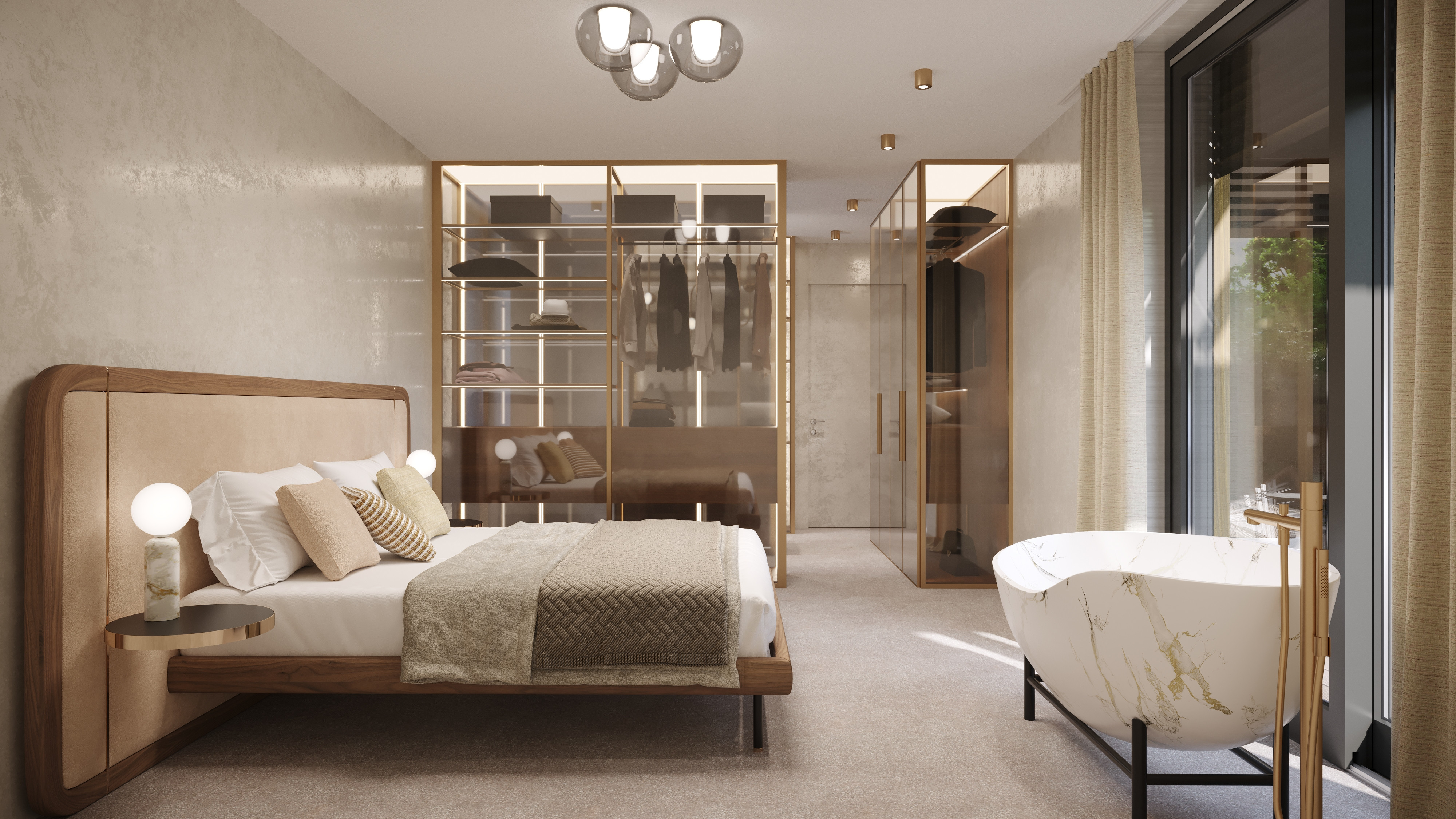
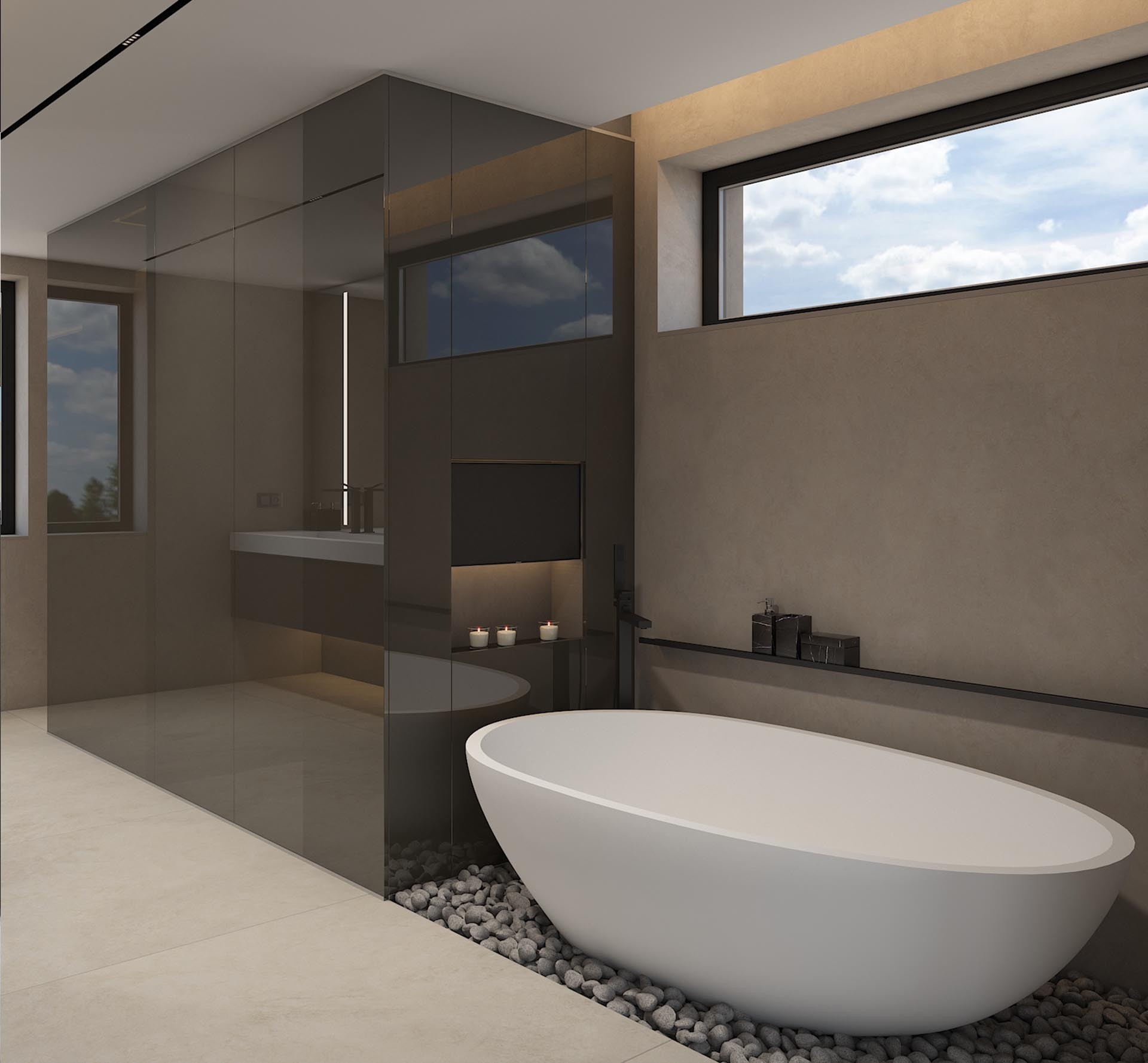
In your experience, what are the most common notable interior design mistakes in properties intended for rental?
I see two extremes. Some try to minimize costs for rental properties, sacrificing quality. On the other hand, some incorporate refined, delicate, and luxurious materials, possibly sacrificing practicality for an overly self-indulgent design. In the latter case, it's crucial to choose tenants who appreciate and preserve such designs.
Hire an interior designer!
It's advisable to establish the budget openly and collaboratively with the designer at the beginning of the process. Never start the work without detailed plans and cost estimates, as unexpected surprises can impact the investor. Execute the construction strictly based on the plans. Utilize the interior designer as a project manager during the implementation phase to ensure the envisioned result is achieved.

